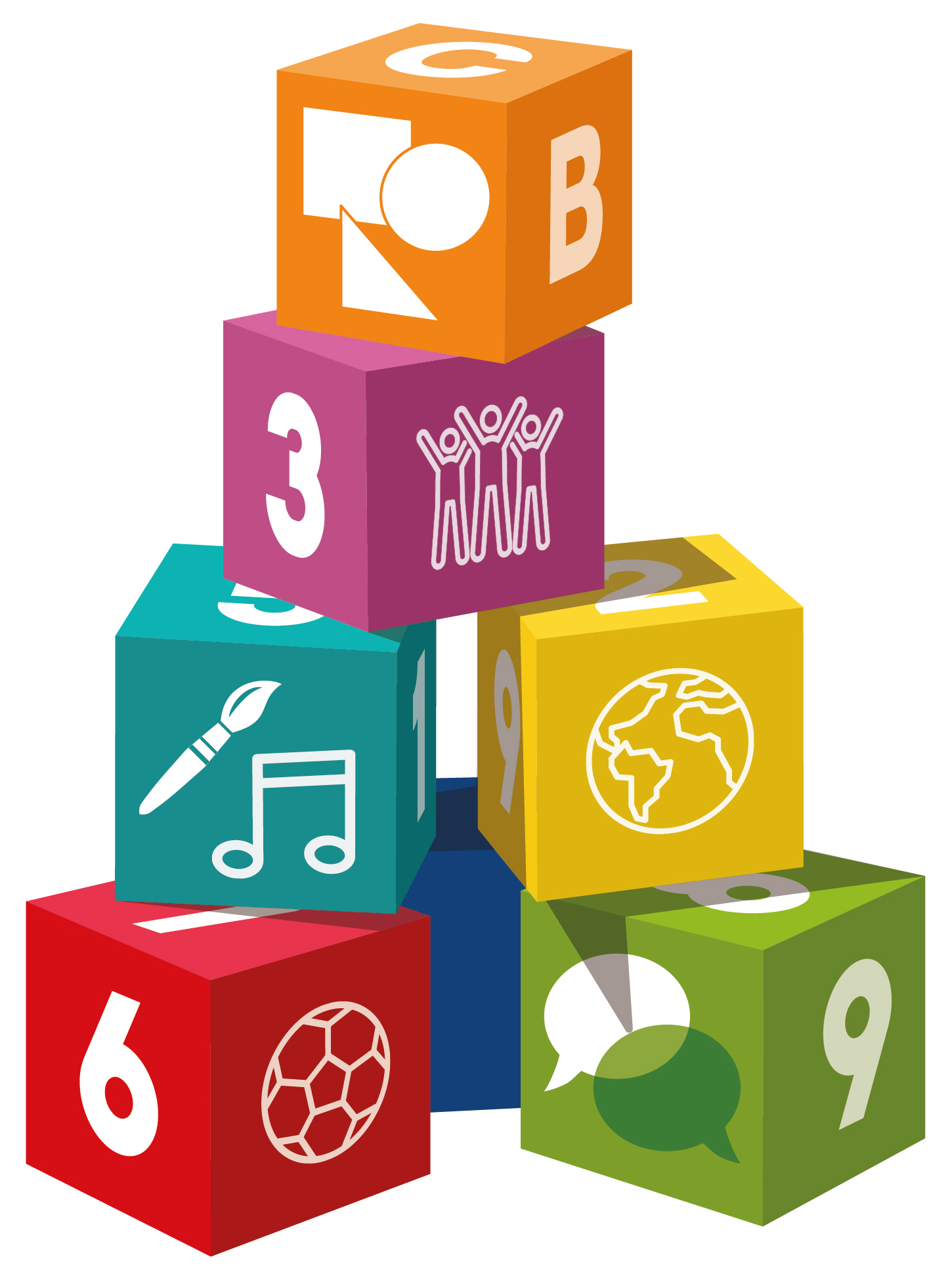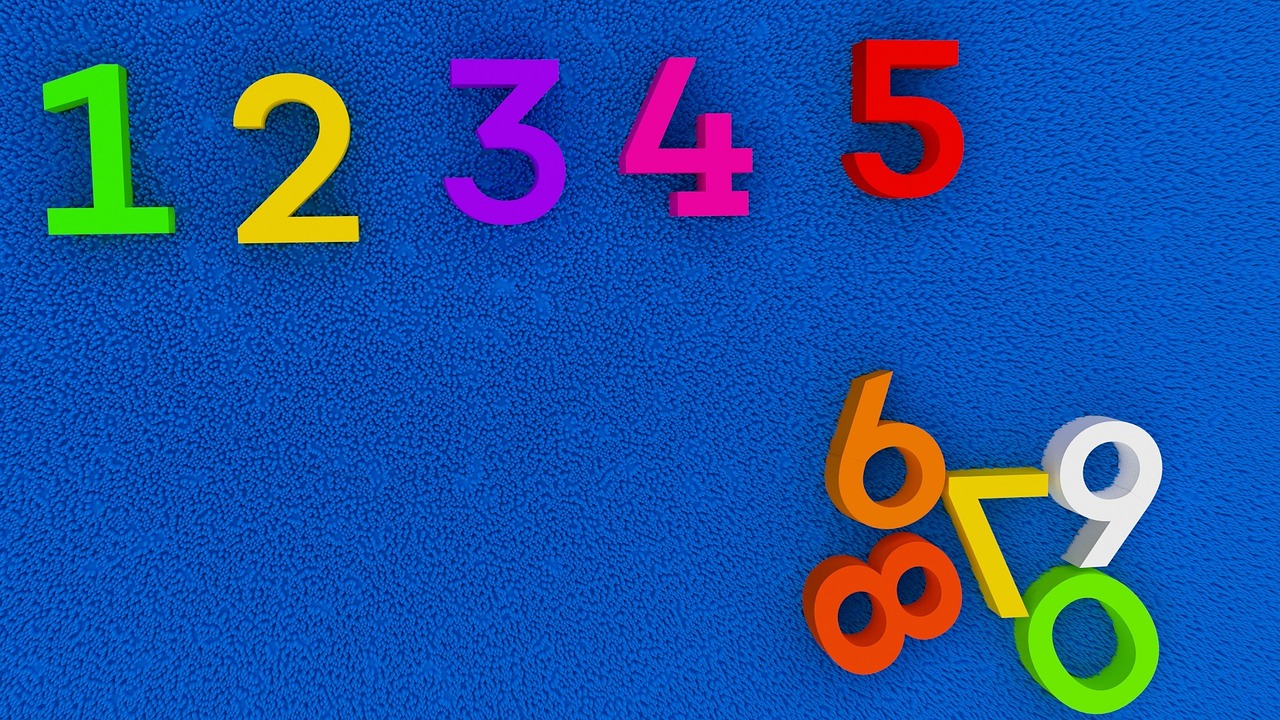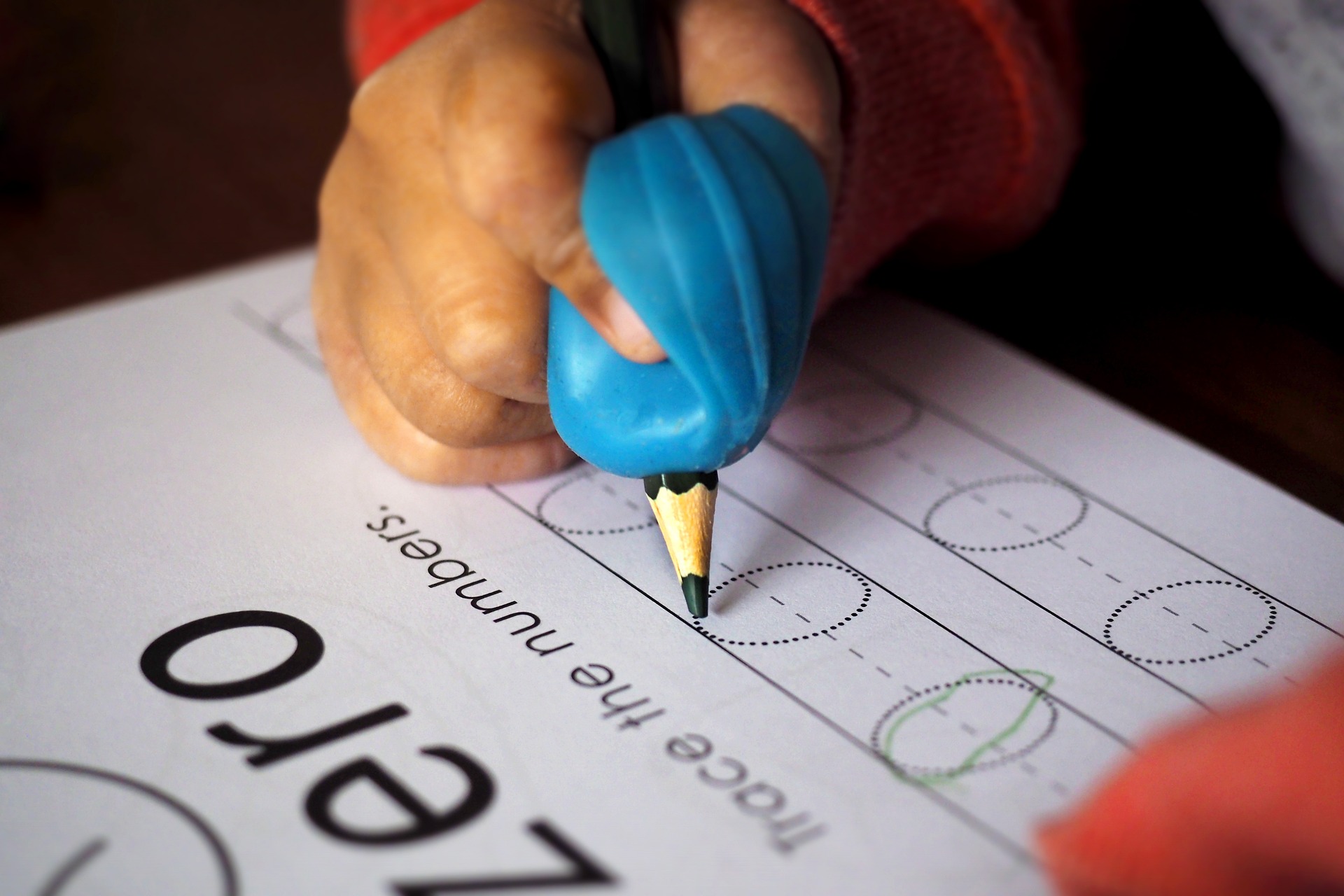Teaching and Learning Approaches
Teaching and learning approaches to the curriculum areas

The holistic approach to Early Years describes how all of the Cambridge Early Years curriculum areas are equally important and interconnected. It is therefore recommended that the content from these areas is taught in an interconnected and holistic manner. The following information will however support you to consider the teaching and learning approaches that are specific to each curriculum area.
Mathematics
Opportunities for mathematical learning should be included throughout a child’s learning. Through regular and repeated exposure, children will gain a secure understanding of early mathematical concepts.
Example holistic mathematical activities include:
Mathematical content |
Example activities |
|
Number, counting sequences and early introductions to addition and subtraction. |
 |
|
Shape, pattern, size and weight |
 |
|
Time |
 |
|
It is also important to praise children’s effort in mathematics, not just leading them to the correct outcome. Mathematics, like all other areas of learning, is learned through trial, error, and practice. Therefore the praise that you give to a child should not be limited to whether they achieved the correct answer. You should consider the steps that they took towards the answer that they provide, regardless of whether that answer was correct or incorrect.
As mathematical language and thinking are often abstract in nature, it is also important to dedicate specific time to mathematical activities, particularly as children progress through Early Years. These activities should be short, active, focused on a specific concept and linked to children’s interests. All staff should understand the activity so children’s learning can then be supported and extended, naturally through the rest of their play.

The three-stage concrete-representational-abstract approach to teaching and learning mathematical concepts will help children to develop secure understanding of abstract concepts and build solid foundations for future learning:
- Concrete: First children use ‘hands-on’ objects to support their understanding of the new concept. For addition, for example, they might explore problems such as ‘There are 3 frogs on the lily pad and 2 frogs swimming in the pond. How many frogs are there altogether?’ using toy frogs and a paper lily pad and pond. They might then move on to using different-coloured cubes to represent the frogs on the lily pad and the frogs in the water:

- Representational: Next children move from concrete models to pictorial representations of the same concept. For the frog problem above, for example, they might use 2D images of cubes or colouring squares on a number track
to represent the problem:
![]()
- Abstract: Finally, children relate the pictorial representations to conventional mathematics symbols and notation, for example, 2 + 3 = 5.
|
The concrete-representational-abstract approach is a gradual process, and children should move to the next stage only when their understanding of the previous stage is secure. For this reason, children may not reach the abstract stage
for some concepts before the end of Early Years. For example, children are expected to have familiarity with the abstract representation of addition by the end of EY3 (e.g. 2 + 3 = 5), but not for division. Plenty of diverse opportunities
to explore concepts through 'hands-on' and pictorial means are essential in early years. |
Supporting children to make connections
It is crucial that children actively engage with their mathematical learning, seeking to make sense of ideas and building connections between different concepts. This differs from simply following instructions and carrying out processes that they have
been shown without appreciating why they work or what the results mean. You need to support your children’s development of mathematical thinking through a range of active learning activities that include:
- exploring different ideas to see if they work or not. For example, finding different ways of decomposing 10 objects.
- recognising and recreating patterns. For example, continuing a pattern of familiar shapes.
- asking simple mathematical questions based on experiences. For example, wondering which of two objects will have the greater mass or, for younger children, which will weigh more.
- giving a reason for an answer. For example, explaining the strategy they used to find the answer to a subtraction.
- identifying characteristics and properties. For example, referring to the properties of a triangle when talking about how they identified it in a collection of shapes.
- identifying similarities and differences in characteristics and properties, including through sorting. For example, sorting shapes according to their own criteria and explaining their sorting.
- beginning to evaluate strategies and answers. For example, watching a puppet counting and identifying its mistakes.
- beginning to identify ways to develop a better approach or solution. For example, realising that interlocking cubes are not an efficient unit for measuring the length of your outside space and deciding to use paces instead.
You should integrate opportunities for developing these skills into your mathematical activities whenever appropriate. This will also prepare children to develop the Thinking and Working Mathematically characteristics in Cambridge Primary.
Avoiding misconception
To build firm foundations for future mathematical learning, you also need to ensure that misconceptions do not become embedded in Early Years. You should consider how to avoid, identify and remedy misconceptions in your planning, for example:
- Watch as children count objects aloud, noticing whether their touch/movement and counting correspond. Or are they just saying the numbers by rote? Do they identify the last number said as the total?
- As part of a counting activity, rearrange a collection and ask, ‘How many are there now?’ to check that children recognise that the number of counted objects remains the same. If a child does not automatically recognise that the number of counted objects remains the same when the objects are rearranged, encourage them to rearrange and count the same collection of objects, for example their 5 favourite toy cars, multiple times.
- If a child is having difficulty counting larger numbers of objects, revisit counting smaller numbers of objects. Model the counting process, counting slowly and touching/moving objects in time with your counting. Learning will take time to develop, so provide and monitor counting experiences over time across a range of different contexts.
- When children are identifying squares in a collection of shapes, include shapes of different dimensions and colours, in different orientations and/or less familiar shapes. This will help you to evaluate whether children are focusing on the properties of a square to identify the shape. Ask questions such as ‘Why did you choose this shape?’ and ‘Why didn’t you choose this shape?’. If a child is not using mathematical properties to identify a square, provide opportunities for them to identify the shape in progressively larger collections of shapes. You might start, for example, with a simple collection of a square, circle and triangle, and then repeat the task for progressively more diverse collections, such as those including:
- different-coloured shapes
- different-sized shapes
- more than one of each shape
- some irregular shapes
- more types of shape.
By encouraging children to talk about the reasons for their choice in different situations, you can build their understanding that identifying a shape depends on properties such as number of sides and nature of sides (straight or curved), and not on colour or size.
Incorporating number names and written numerals from children’s home languages into teaching and learning is a powerful way to foster inclusion and support multilingual children in developing their sense of self and identity. It is also important to remember that initially finding it difficult to use number names, numerals and mathematical terminology in English is not necessarily an indication that a child does not understand the mathematical concepts.
|